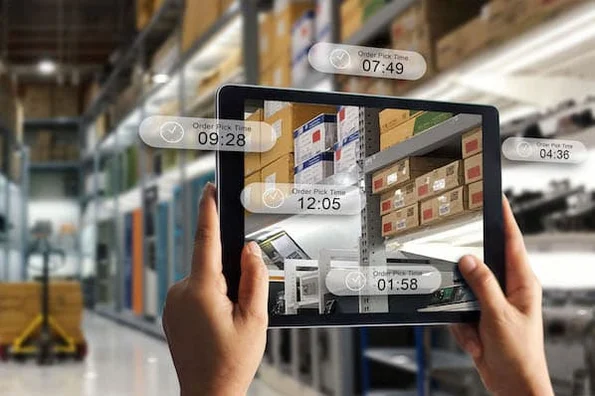Value-added resellers in the SaaS development and hardware spaces generally sell the products they enhance as either full-service solutions or value-added services like training or hands-on software installation and implementation.
One way or another, VARs take previously developed products or services and take necessary steps to augment and get more out of them. Let's take a more in depth look at the value-added reseller business model.
The Value-Added Reseller Business Model
The premise of the value-added reseller business model is essentially covered by its name. It's a model where a seller purchases a product from a supplier and adds additional features or services to boost its value. Then, that seller resells that "new" product at a premium.
One of the best ways to capture the principle behind the concept is to think of an automobile dealership. In this example, you can imagine a car dealership that purchases used vehicles and enhances them with custom parts, accessories, or extended warranties and resells them for more than it bought them for.
That idea — selling augmented and enhanced products for more than they were purchased for — is the basis of the value-added reseller business model.
As previously mentioned, the model is now most commonly associated with the SaaS development and hardware spaces. In those industries, value-added resellers create integrations, products, and features to package with existing products or services. Those packages are then sold as full-service solutions or value-added services.
How to Become a Value-Added Reseller
The key to becoming a value-added reseller is rooted in the principle that value takes priority over profit. That means that the additional features or integrations you add to the products or services you augment have to legitimately improve them — not just make them more expensive.
Re-sold products need to be polished and ready for customers to use, straight off the bat. Getting there is often a matter of understanding the ins and outs of what those customers might need — and that generally takes a trained staff.
In many cases, you'll need to tap solution architects to identify the challenges the companies you serve are facing and help pinpoint the augmentations and additions necessary to get the most out of the product you intend to resell. And if the process of adding-value to your product is labor-intensive, you'll likely need to employ a broader, dedicated staff to expedite that process.
You also need to understand that being a value-added reseller is a dynamic game. You'll have to constantly stay abreast of emerging trends in your field and consistently update your product catalogue accordingly.
Pricing is another key factor in becoming a value-added reseller. VARs typically operate on low margins, so if you want to become one, you'll have to constantly keep tabs on deals from the distributors you purchase from. You'll also need to sell at prices that strike a delicate balance between spurring consumer interest and keeping your outfit financially viable.
Successful value-added resellers must reach a broad base of potential customers, so if you're interested in becoming one, you have to maintain an ecommerce presence.
If you're going to be visible to consumers and keep pace with larger competitors, you need that kind of a readily accessible forum for consumer contact.
4 Trends Value-Added Resellers and Channel Partners Should Watch
1. Front-office SaaS development and spending is exploding
If you follow Chief Martec ’s Scott Brinker, you already know the marketing technology landscape has seen explosive growth over the past ten years, growing from just 150 software businesses in 2011 to over 8,000 in 2020. But did you know this happening in sales technology now too?
Over the last three years, the number of sales technologies grew from 715 in 2017 to 950 in 2019. And it’s not just happening across sales and marketing. SaaS spending across the entire business grew between 78% between 2017 and 2018, according to Blissfully’s 2019 Annual SMB SaaS Trends Report.
 Image source: Blissfully
Image source: Blissfully2. Software is getting cheaper
The “freemium” model has been around forever (i.e., bars giving away salty snacks to sell more alcohol), but it has only recently been adopted by tech. The freemium debate has raged back and forth over the years as companies like Dropbox, Slack, MailChimp, and more have seen success with the model itself while more complex products have failed.
While freemium might not be the right strategy for every software business, several have seen results by adopting it. The world has shifted to a “try-before-you-buy” mindset. In 2018, a study by Klarna North America found that 71% of indicated they would use that kind of payment method if it was offered.
And that, coupled with freemium sales equaling a lower customer acquisition cost, makes it attractive to more businesses every year.
3: Software is getting more intuitive and requires less technical expertise
Software is getting immensely simpler to use. You don’t need to look too far back in time to see that software has evolved into a faster, more elegant, and more intuitive tool for non-technical end users.
Take this example from HubSpot’s own UI (user interface) in 2010 versus 2018.
HubSpot Landing Page UI, 2010
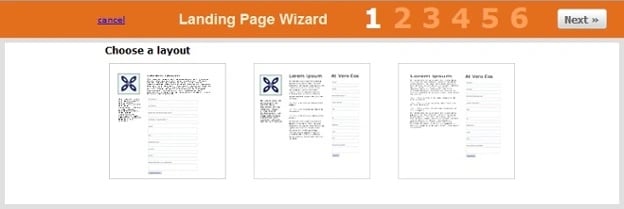
HubSpot Landing Page UI, 2018
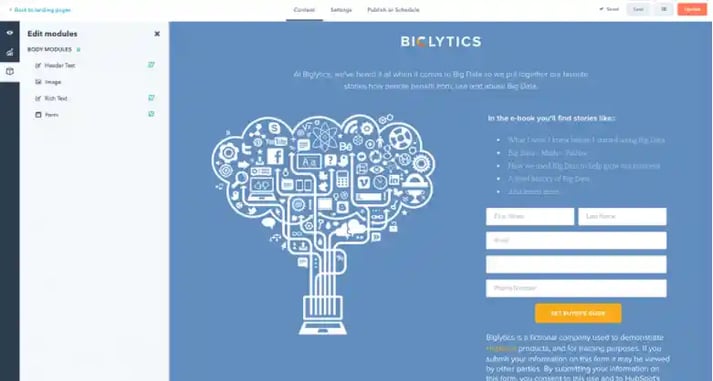
Which page would you rather spend time on? The needs and expectations of users has grown as well. Mobile apps and free technology make it easy for users to engage with once-complex platforms and tools.
This is great, but it also means your offering must follow suit. In 2020, you can’t release a clunky UI that isn’t responsive on mobile. As user experience and interface improves, user expectations rise and tolerance for poor UX/UI reduces.
4. SMB CEOs care about growth, not point solutions
The lines between sales, marketing, and customer success are blurred. Today, SMB CEOs care about growth, plain and simple. They no longer consider marketing separate from sales and customer success.
Instead, they understand the value of marketing generating leads for sales, sales engaging those leads, and customer success retaining, cross-selling and up-selling existing customers to fuel growth.
And as these front-office software tools proliferate, CEOs no longer consider “front-office” separate from, “back-office.” They view the entire ecosystem and brainstorm ways to create a beautiful, powerful, end-to-end customer experience. This is why SMBs today need more than marketing automation. They need a growth stack.
What Does This Mean for Value-Added Resellers?
In a world where there’s a free, beautifully designed point solution for everything, the role of the value-added reseller must change.
These are the opportunities I see for businesses like yours today:
Offering front-office growth services is your next big opportunity
SMB CEO’s need help. According to Blissfully, front office departments — including marketing, sales, customer support, and business operations — account for over 50% of the average business's SaaS spending.
Back-office spend has been shrinking since 2009, which suggests there’s more opportunity in the front office moving forward. You might have built your business on providing back-office solutions -- and I’m not suggesting you give that up entirely -- but transitioning some time to the front office represents a path towards sustainable growth.
An estimated 72% of salespeople spend up to one hour every day on data entry and connecting records from different sales tools. At minimum, your opportunity lies in helping customers understand the proliferating technology landscape and selecting the right technology to fuel future growth.
The opportunity lies in helping customers eliminate some point solutions, integrate the remaining software, develop coherent business-wide reporting — with tools like Data Box — and provide training and support to make it all work.
But there’s just one problem: It doesn’t create a scalable business. This brings me to the last big opportunity I see for businesses like yours today.
Offering front-office growth services is your next big opportunity
If you’re only offering services around technology selection, integration, reporting, and some basic training, you’ll struggle running a business with “lumpy” cash flow.
That’s because the nature of these traditional VAR services is project-based. You might win a consulting deal, do some work for three, six, or maybe even 12 months, but what happens after that? The client doesn’t need you anymore. They look at the hourly rate you’re charging for your work, decide you’re an opportunity to cut cost, and part ways.
But what if you didn’t have to replace your entire client base? What if you shifted from being a project-based, cost-center consulting firm to an ongoing, strategic partner driving revenue and profit for your clients? It would change the trajectory of your business, right?
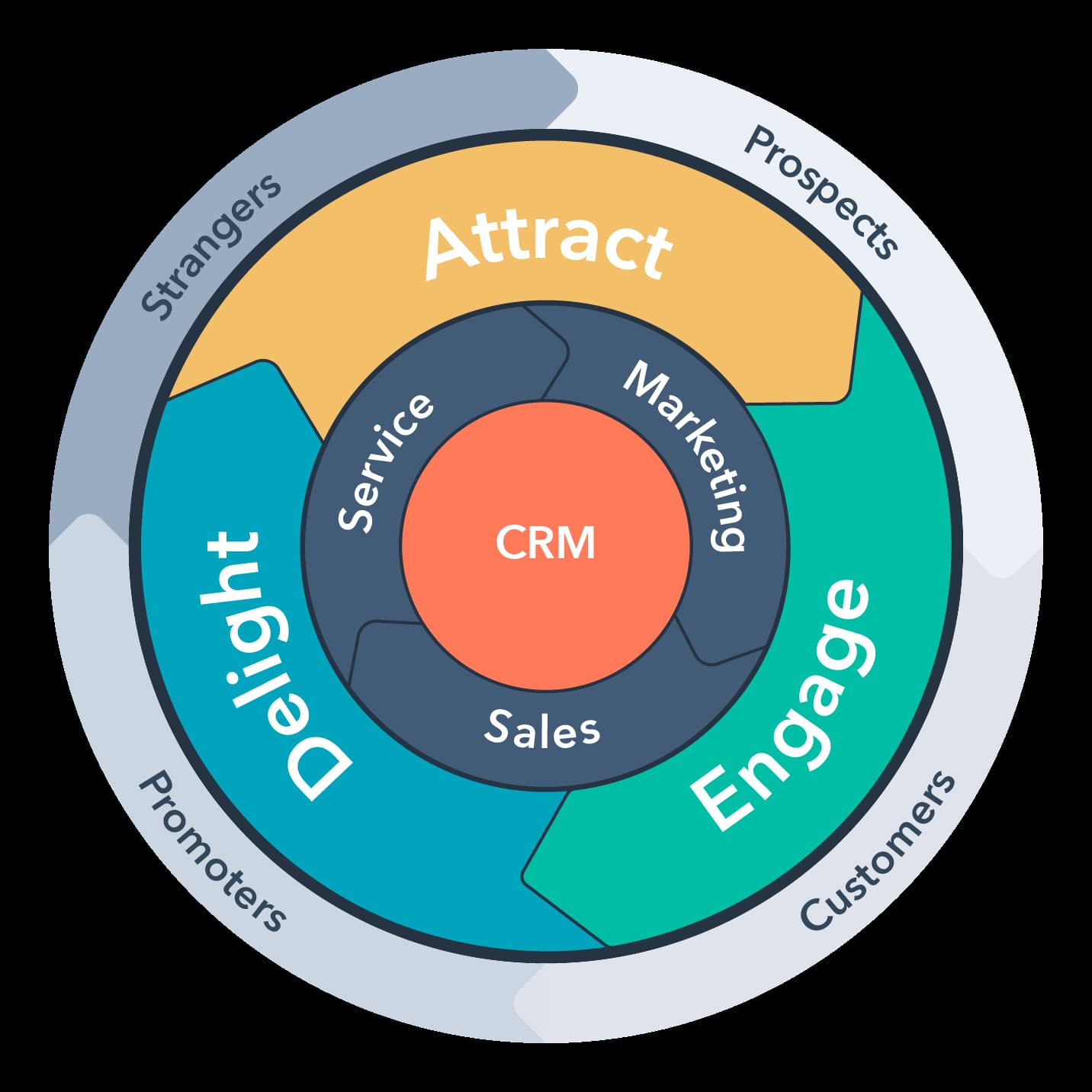 Image Source: HubSpot
Image Source: HubSpotThis is the next frontier for businesses like yours, but it doesn’t come without investment in training to learn the types of services you could be providing to clients.
These are services like lead generation (outsourced content marketing and marketing automation), sales acceleration (automation, efficiency, enablement, and training solutions), and customer success enablement (connecting the pre-sale and post-sale experience, building customer support and chat experiences, designing the customer knowledge base).
Done well, this means your business can transition away from $25-$50K one-time consulting projects that aren’t in step with many of today’s SMBs and into long-term, recurring value-added service engagements worth $50-$100K+ per year.
Then, you’ve got to deliver. Provide these services well — all of them — and you’ll save clients from hiring an army of full-time employees.
Sales Trends

.jpg)
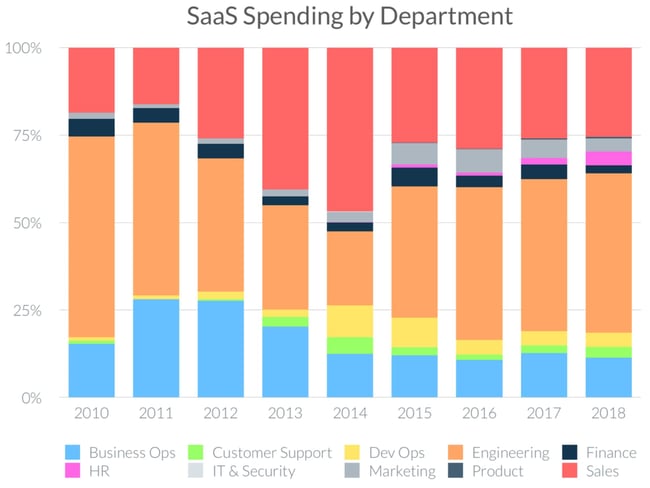

![6 Sales Trends That Could Fizzle This Year [New Data]](https://53.fs1.hubspotusercontent-na1.net/hubfs/53/Dead%20Sales%20Trend.png)
![5 Predictions on the Future of Sales [Data & Expert Insights from Bardeen, Aircall, and HubSpot]](https://53.fs1.hubspotusercontent-na1.net/hubfs/53/sales%20predictions%20pillar%20(2).png)
![Are Sales Reps Rushing Back to the Office? [New Data]](https://53.fs1.hubspotusercontent-na1.net/hubfs/53/sales-reps-returning-fi%20(1).jpg)
.jpg)
